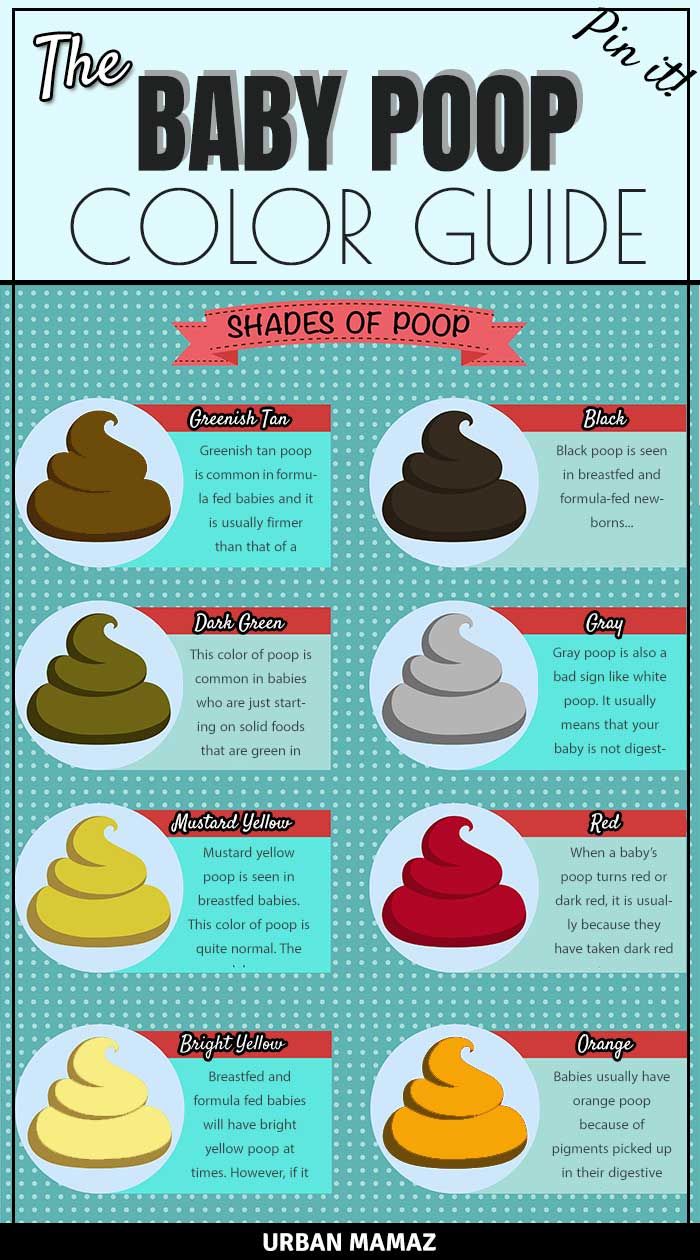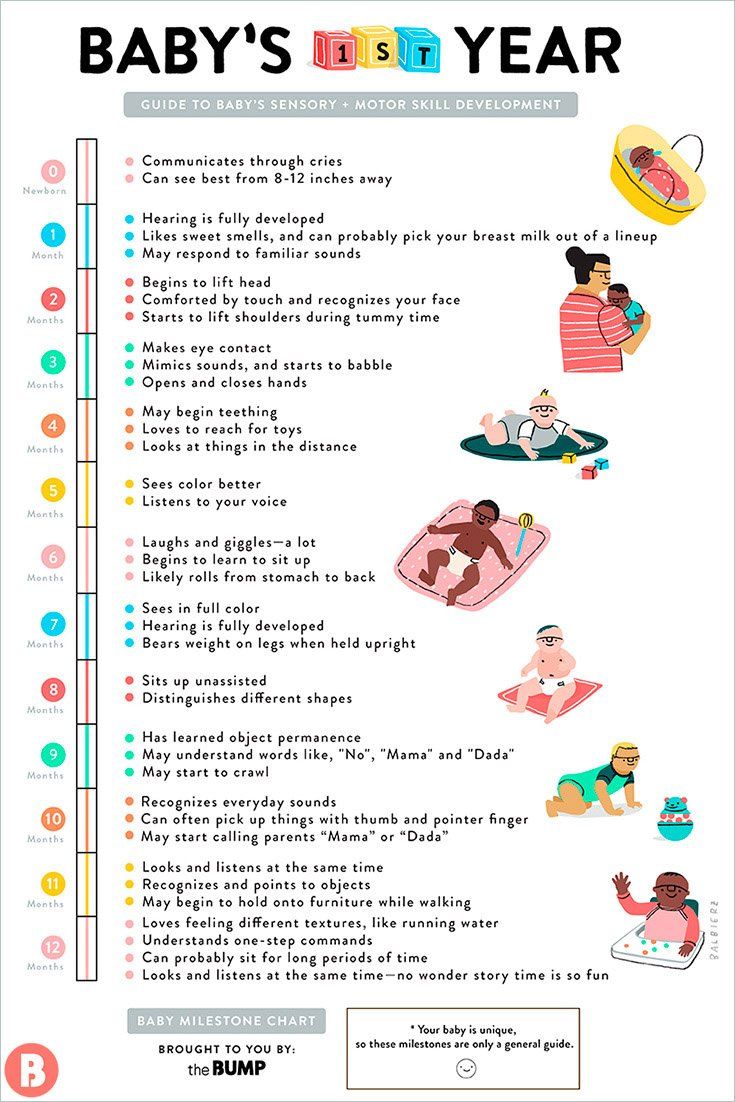Baby poop color, explained don't expect infant poop to look anything like yours,” warns ari brown, m.d., a pediatrician and coauthor of baby 411: Baby poop gets its color from bile, so an absence of bile literally drains it of its color, resulting in chalky white poop.
However, there are guidelines for which colors are appropriate in relation to your baby’s diet and development.

Baby poop color guide. When your baby starts eating solid food, a range of healthy bacteria populates their intestines, producing browner and smellier poop. Clear answers & smart advice for your baby's. While every baby’s poop schedule is unique, if your baby hasn’t pooped in four days, you should call your pediatrician.
An unusual color for poop, but white poop does happen rarely. Still, there are many shades of normal when it comes to baby poop. It can be yellow, green, or brown and can seep or explode out of the diaper.
But deciphering your baby’s poop can actually be quite the complex process. Orange, yellow and brown baby poop. Generally, a baby will go through a variety of poop colors most especially in the first year of life since their diet keeps on changing.
Having 20+ years’ experience, dr. Green baby poop can also occur at 4 to 6 months when you introduce solid, green foods, such as pureed peas, spinach and beans, into your baby’s diet. This type of baby poop is known as meconium.
For new parents, or even experienced parents, the color of your baby’s poop can surprise you. A baby’s poop can reveal quite a bit about how he’s doing, in particular, related to his health. One reason for green poop is a foremilk/hindmilk imbalance.
Those nappy changes are a big part of any parent’s daily routine, but they can also be an important way of keeping an eye on your baby’s health. By betty july 18, 2020. The color of your baby’s poop can provide many clues to their health.
Red could mean beets, orange suggests carrots, and dark blue implies blueberries (you may see pieces of blueberry skin in there, too). The poop of newborns is almost black, while older infants tend to have yellow or brown poop. The liver excretes bile which is dumped into the intestines.
This guide is especially for all you mummies who might not be quite sure how to ‘read’ your baby’s poop. You may often feel stressed if this happens too often. Or, you might also find chunks of undigested food in your baby’s poops.
This baby poop color usually means there is some digestive distress. Baby poop color tan lime green. Baby poop can often be runny, but you can tell it's diarrhea if there's a sudden increase in frequency (to more than one bowel movement per feeding).
When your baby begins eating solid food, their poops might become dark brown—although seemingly odd colors are possible as well. In general, colors from black, green, brown, orange, tan, and yellow are normal in baby poop. Lewis completed her pediatrics residency at texas a&m university health science center, scott and white memorial.
Occasionally your baby's poop will have identifiable chunks of food in it or be tinged with a surprising hue of the rainbow, like red, orange, or dark blue. For example, your baby’s poop color might look red after they eat beets or might contain streaks of dark blue after they eat blueberries. Depending on what your baby ate, it can also be red, orange.
Toddler's poop color poop is formed when the food breaks down to combine with bacteria, intestine cells, and bile. It will also be almost odorless. Baby’s poop not only changes in composition and fragrance, it often changes in color as well.
Baby poop that is orange, yellow or brown in color is completely normal in breastfed and bottle fed babies. In the same way that poop can be used to indicate the health of an adult, baby poop is also an indicator of your baby’s health. This could be a sign of constipation.
The colors of baby poop after starting solid foods. Watch what your baby eats to ensure there is a link between the color of the stool and what she is eating. That means baby is not.
Bile is what causes the poop color to change. Baby poop color mustard yellow tan. Baby poop color guide schematic refer to this handy color coded and descriptive guide for more details about what colors of a baby’s stool are normal and what are signs of a serious problem.
Runny or firm, light or dark, green, black or yellow, your baby’s poop can come in many different colours, shades and textures. Written by betty july 18, 2020. But within the first few days of life, your newborn’s poop should progressively get more watery and lighter in color.
The color can also switch abruptly from one diaper change to another—this is usually normal, too. The vast majority of these changes in color are benign changes and are due to the new solid foods that baby is being fed. If your baby is on formula, and their baby poop is tan and slightly solid (think a thin peanut sauce), then it’s normal.
What colors are normal in baby poop? The color and consistency can tell you a lot about the toddler's health. Baby poop will progressively change in color and consistency after the first few days, and your new normal will be runnier, and yellowish in color.
Examples of foods known for turning baby poop shocking colors include carrots (orange) and spinach (green). Comprehensive guide to newborn poop. After birth, a baby's first bowel movements are black and tarry.
Read on for more about what colors to expect and when to expect them.







